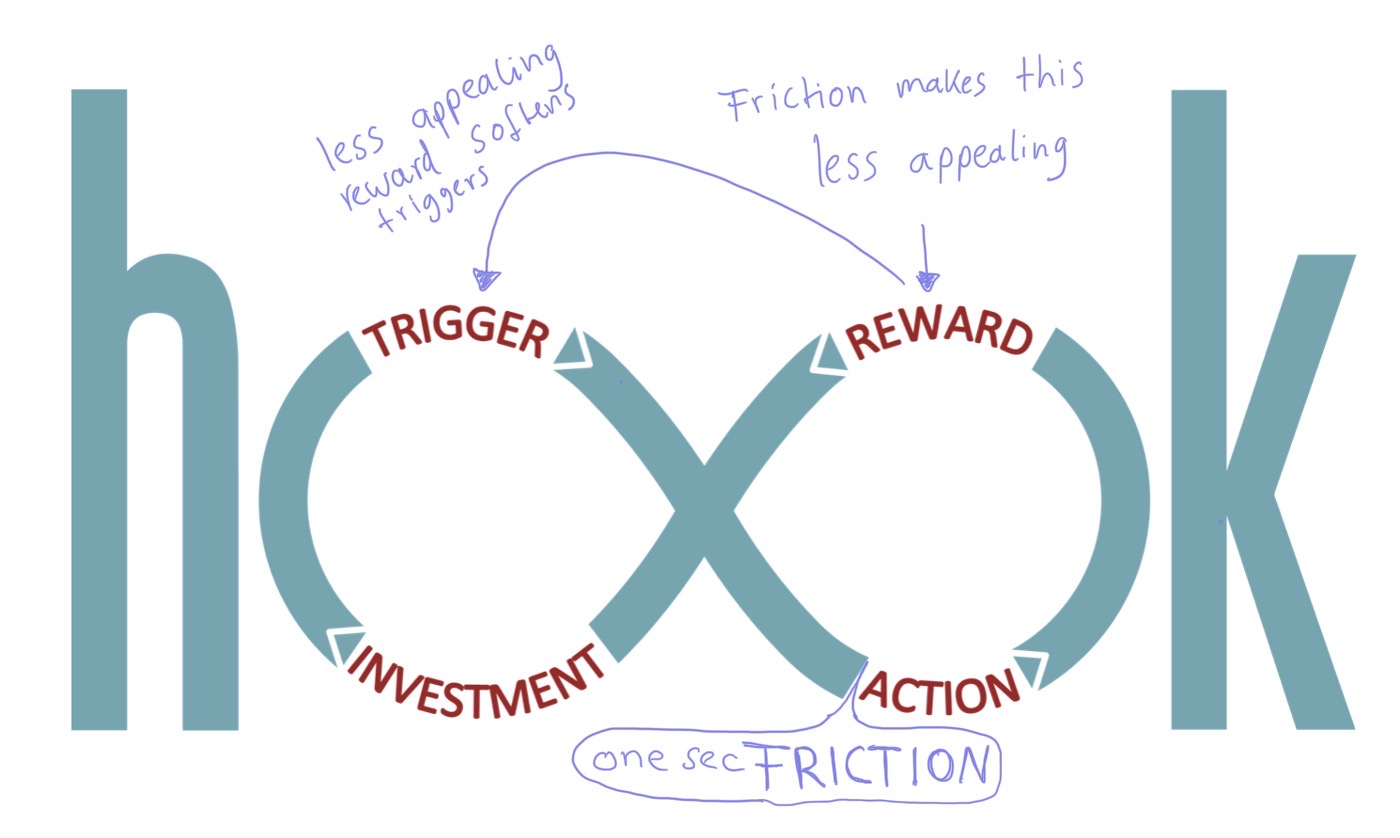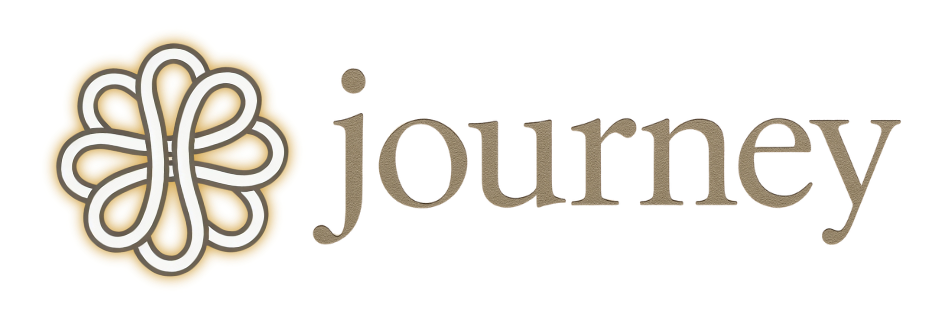Read time: 4 min 50 sec
The art of reclaiming your time and attention from the digital slot machine.
You know that moment when you unlock your phone to check the time and somehow end up 40 minutes deep in someone’s vacation photos from 2019—someone you’re not even sure you know?
Or when your screen time limit pops up and you’re slapping “Ignore Limit” faster than you’ve ever responded to a text from your mom?
That’s not a character flaw.

Social media platforms hired the best behavioral psychologists on the planet to make sure you can’t put your phone down. They studied slot machines. They mapped dopamine pathways.
They A/B tested colors, designs, etc until they found the one that made your brain light up like a Christmas tree.
They’re winning. And they’ll keep winning unless you set up a system that actually works.
The good news? Once you understand the habit loop, you can break it.
Today I’m walking you through the one tool that did most of the heavy lifting for me.
🧠 The 10-Second Pause That Breaks the Addiction

The Hook Model
Here’s what’s happening under the hood:
Trigger → You feel bored, anxious, or just want connection
Action → You open the app
Reward → Likes, comments, something interesting
Investment → You post, comment, keep scrolling
Like any habit, your brain has learned a pattern: open app = feel good.
After enough repetitions, it becomes automatic. That’s why you sometimes catch yourself scrolling and think, “Wait, how did I even get here?”
You’re on autopilot. And that’s normal.

Your Brain Is Doing Its Job (Maybe Too Well)
For millennia, your brain’s job was to find calories and not die.
Fat, sugar, salt = survival. Dopamine spike = “remember this location, it keeps us alive.”
Those rewards were scarce. You had to hunt for them.
Then came McDonald’s.
Companies spent decades engineering the perfect ratios of fat, sugar, and salt. They tested thousands of combinations to maximize pleasure and repeat purchases.
Tech companies saw the playbook and ran it back.
Notifications. Likes. Infinite scroll.
Same reward circuits. Same compulsion loops.
They just swapped French fries for red notification badges.
Adding Friction
The most effective way to change a habit isn’t to white-knuckle through it.
It’s to add a small pause—just enough space to make a conscious choice.
Which sounds good in theory, but remembering to pause when you’re tired and stressed is like asking a raccoon in a dumpster to practice mindful eating.
That’s why willpower alone doesn’t cut it.
You need to redesign your digital environment so it pauses for you.
Here’s a Start
A few ways to add friction.
Use built-in automations like Screen Time limits or app timers that interrupt you after you’ve been scrolling for a set amount of time.
Turn off notifications during the week (or just turn off the red badges that scream for attention).
Move apps off your home screen so you have to actively search for them instead of tapping by reflex.
Start small. See what feels manageable. Build from there.

If You’re Really Serious
I’ve using an app called One-Sec for 2 years (not sponsored).
It’s a free app that prompts a 5 second breathing exercise before opening any app you choose. Almost always annoying. That’s the point.
Screen Time limits interrupt you after you’re scrolling—already in the dopamine loop. Your brain’s already saying “just five more minutes.”
One-Sec catches you before you open the app aka before the raccoon enters the binge.
When you can still ask: “Do I actually want this, or am I just bored?”
That 10-second window is where the magic happens. And this is the only tool that actually helped me stop doomscrolling.
The Beautiful Part
The same mechanism that created the scrolling habit can create better ones.
Want to read more? Remove the friction.
-
Put the book on your pillow.
-
Make it visible.
-
Make it easy.
-
Reward yourself after a chapter.
Want to move your body? Lay out your gym clothes the night before. Make it fun by only listening to your favorite playlist when you’re exercising.
Your brain doesn’t judge whether a habit is “good” or “bad”—it just follows patterns. So once you understand the pattern, you can work with your brain instead of against it.
Try This Reflective Journal Prompt
What’s one small digital habit that, if you did it consistently, would genuinely make your life better?
Something that aligns with who you want to be.
Now ask yourself: what’s the tiniest version of that habit you could start now?
That’s all you need. Start small. Build momentum. Trust the process.
What did you think of today’s edition?
- Fantastic ️🔥️🔥️🔥️🔥️🔥
- Eh, it was okay️ ️🔥 ️🔥 ️🔥
- Not helpful ️🔥
Comment below.

